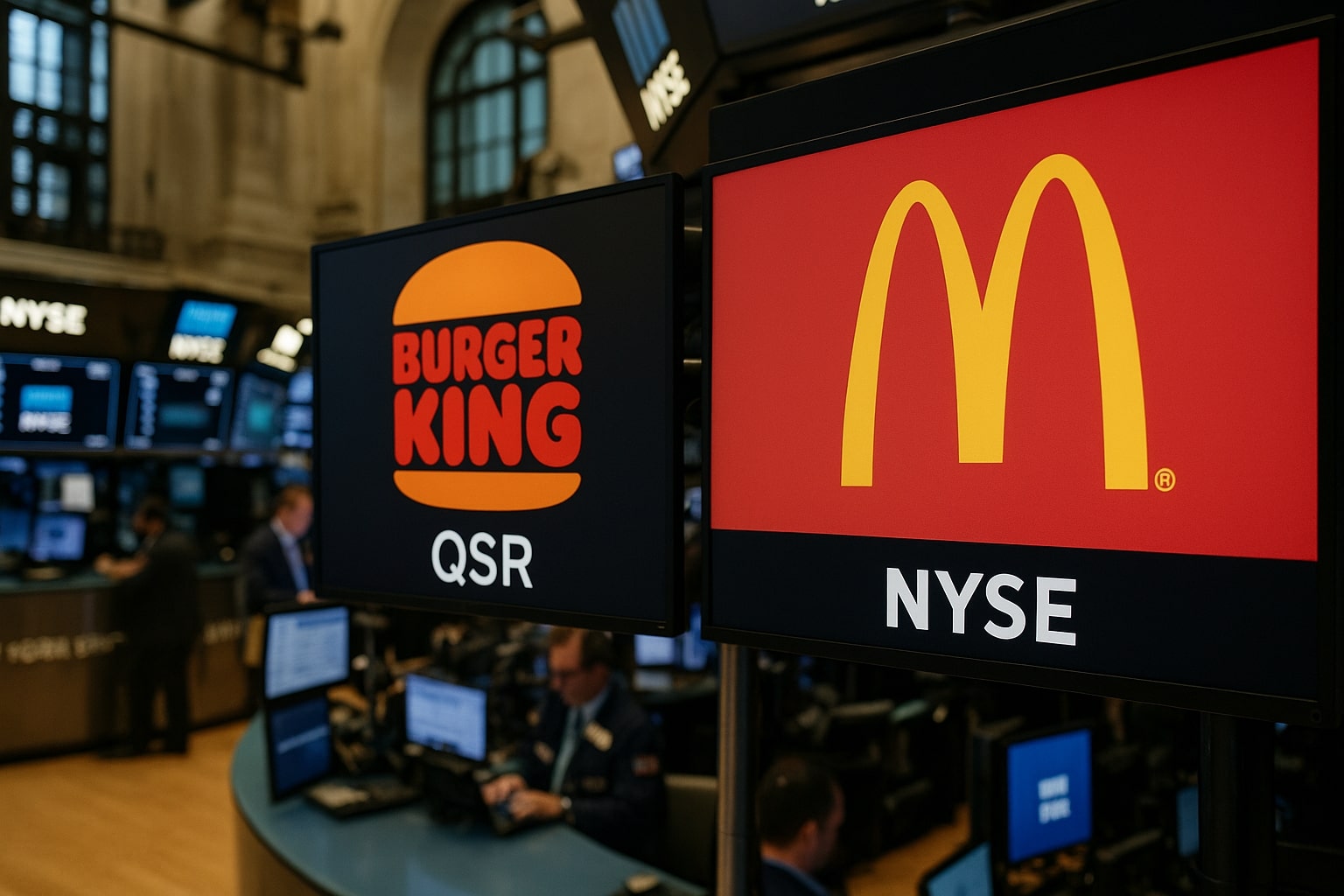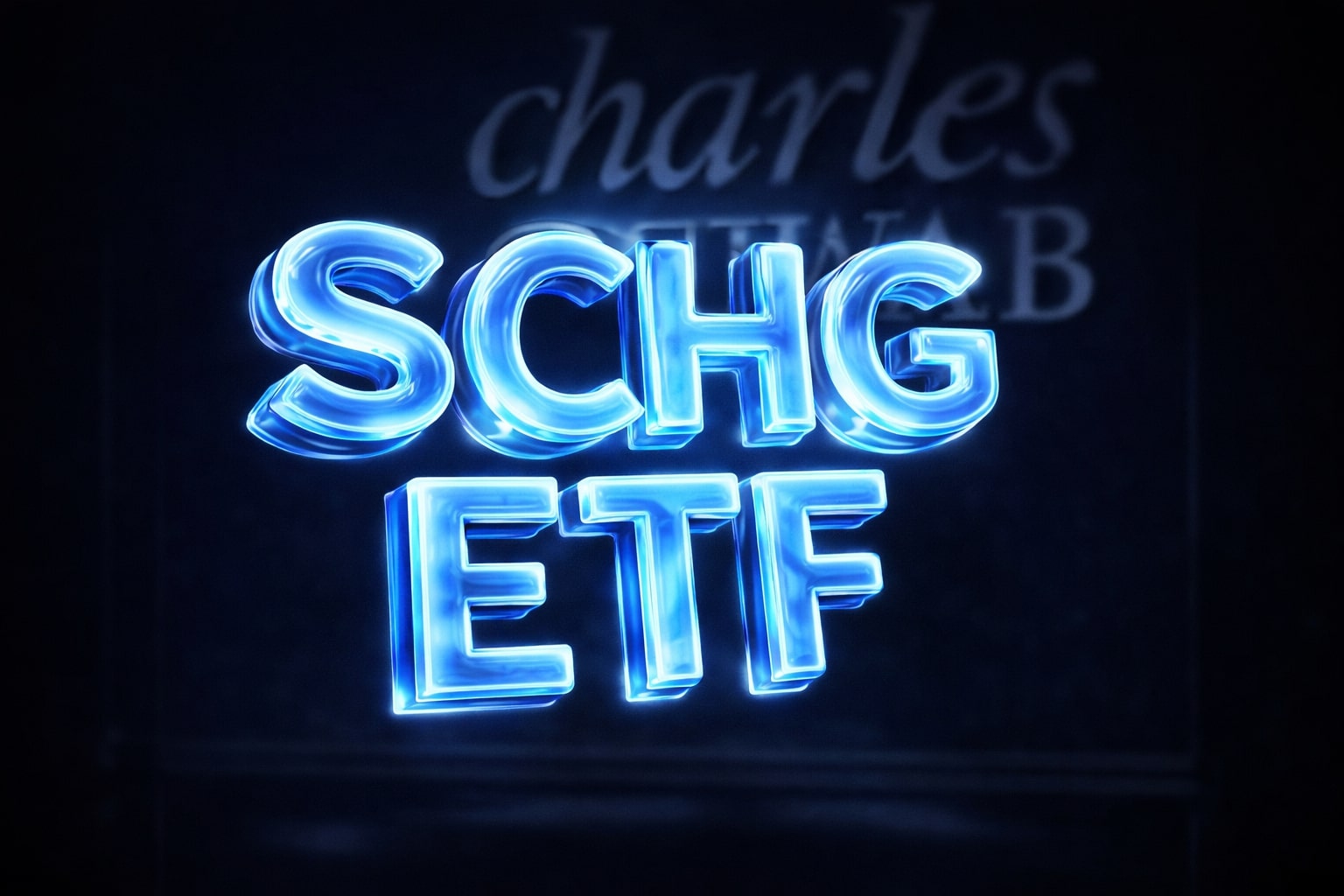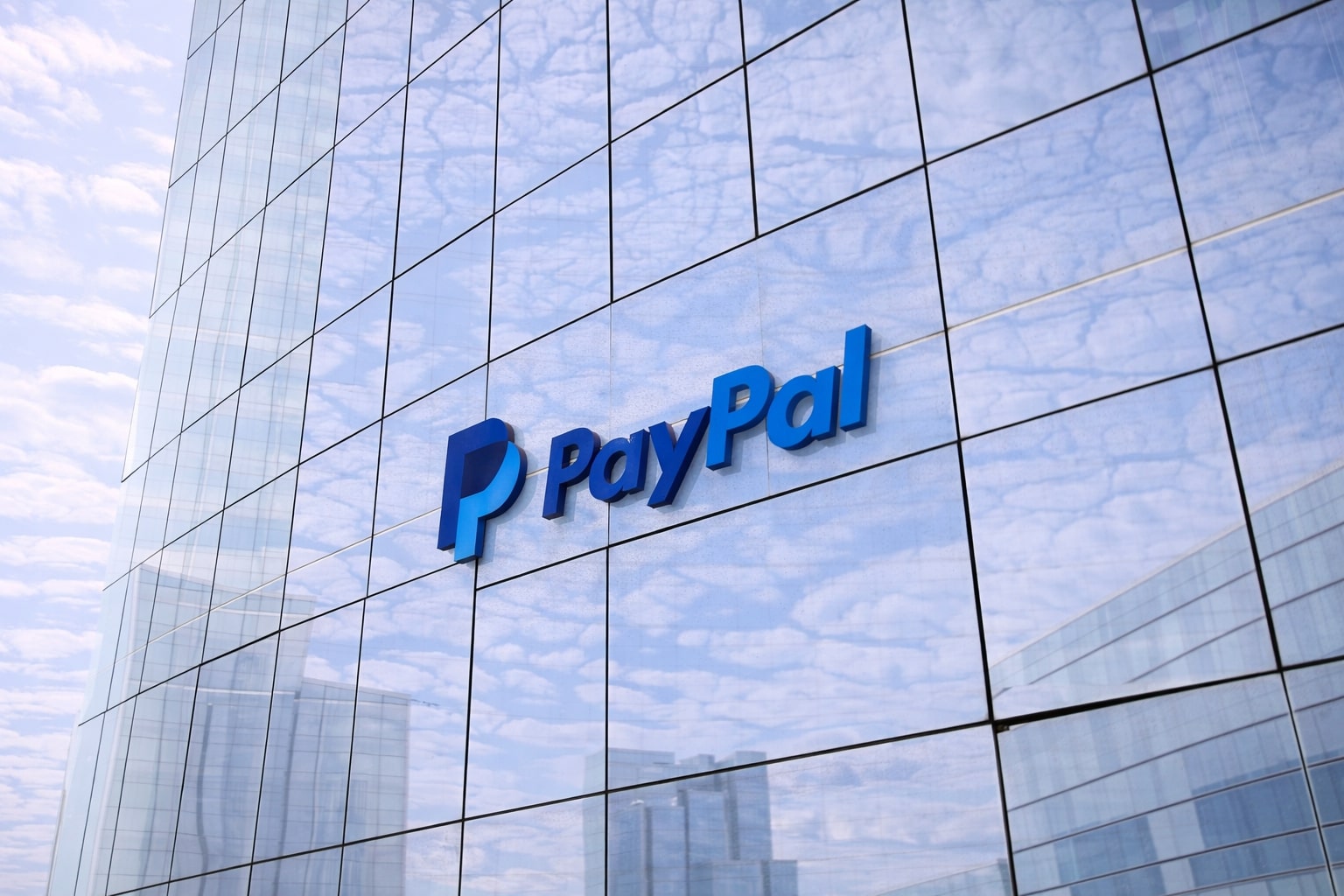
QSR Stock vs McDonald’s Stock: Which Stock Is the Better Buy?
McDonald’s stock offers scale and stability, but QSR stock delivers faster growth, higher yield, and stronger 2025 momentum | That's TradingNEWS
McDonald’s Stock (NYSE:MCD) vs Restaurant Brands Stock (NYSE:QSR): Scale Meets Growth at a Crossroads
McDonald’s stock trades near $265, with a forward P/E multiple around 22x, well above its historical average of 19x. That valuation premium underscores investor confidence in its scale — over 41,000 restaurants across more than 100 countries — but also highlights that buyers are paying for stability rather than high growth. Restaurant Brands stock sits around $78, on a forward P/E of 20x, cheaper than McDonald’s despite faster systemwide sales growth. QSR reported more than 9% growth in 2024, outperforming MCD’s low-single-digit gains in mature markets. The divergence illustrates how McDonald’s stock is viewed as the defensive stalwart, while Restaurant Brands stock is increasingly priced as a turnaround-driven growth opportunity.
Revenue and Earnings Power: McDonald’s Ahead in Scale, QSR Stronger in Growth
McDonald’s generated nearly $25B in revenue and $7.5B in free cash flow last year, enough to fuel dividends, buybacks, and reinvestment. Yet operating margins slid from 46% in 2023 to 44% in 2024 as higher wages and commodity inflation squeezed results. Restaurant Brands, with revenue around $7.3B, remains smaller but is expanding faster. Burger King’s “Reclaim the Flame” program — supported by a $400M reinvestment in ads and remodels — lifted U.S. comps by 6%, while Tim Hortons posted 8% growth and Popeyes accelerated in Asia and Latin America. McDonald’s stock commands bigger numbers, but QSR stock is tied to higher momentum across its banners.
Margins and Profitability: Pressure vs Expansion
McDonald’s margins are trending lower, reflecting beef and labor inflation, even as digital sales penetration now exceeds 40% of total sales. Restaurant Brands stock, meanwhile, benefits from improving efficiency, with adjusted EBITDA margins rising to 39% in 2024, up from the mid-30s two years ago. While McDonald’s stock still boasts stronger absolute profitability, QSR’s margin trajectory is improving at a faster clip, making it increasingly attractive to investors seeking operational upside.
Dividends and Capital Allocation: Yield Gap Favors QSR Stock
McDonald’s stock offers a dividend yield of 2.4%, backed by decades of annual hikes, but the payout ratio has climbed near 70%, capping flexibility. Restaurant Brands stock yields about 3.2%, with a lower payout ratio of 58%, giving it more room for growth. McDonald’s spent $4.5B in 2024 on share buybacks, supporting EPS, while QSR has been more aggressive reinvesting in its turnaround efforts. The contrast is clear: MCD stock emphasizes steady returns and buybacks, while QSR stock prioritizes reinvestment alongside a stronger dividend yield.
Cash Flow Discipline: McDonald’s Scale vs QSR’s Leaner Model
McDonald’s stock is powered by its free cash flow machine — $7.5B annually after capex — which underpins dividends and buybacks. Restaurant Brands stock, while generating just $1.9B, has shown improving efficiency, with tighter working capital and rising franchisee profitability. QSR’s smaller base makes it more sensitive to execution but also gives its stock greater operating leverage as sales accelerate.
Digital and Loyalty Platforms: MCD Dominates, QSR Closes Gap
McDonald’s digital moat is formidable, with app sales and delivery accounting for over 40% of global sales, driven by loyalty engagement. That digital scale is one reason McDonald’s stock trades at a premium. Restaurant Brands stock has been catching up, with digital ordering now at 35% of North American sales, more than doubling in three years. QSR still trails McDonald’s in penetration, but its faster adoption trend leaves room for upside.
Franchise Models: Stability vs Aggressive Expansion
McDonald’s franchises more than 90% of its restaurants, giving the stock reliable royalty streams and limited capex needs. QSR also relies heavily on franchising but is still expanding aggressively, particularly with Popeyes growing units at a 10%+ annual rate. Investors in McDonald’s stock get predictability, while QSR stock provides exposure to a younger, faster-growing system.
Debt and Balance Sheets: Safety vs Leverage
McDonald’s carries more than $35B in long-term debt, though its free cash flow comfortably supports it. Restaurant Brands stock has $13B in debt, a heavier burden relative to its size, reflecting its 3G Capital roots. That leverage profile creates more risk, but also magnifies returns if QSR’s turnaround keeps delivering. McDonald’s stock remains the safer credit bet, while QSR stock carries higher financial torque.
Read More
-
SCHG ETF Near $33 High As AI Giants Drive 19% 2025 Rally
01.01.2026 · TradingNEWS ArchiveStocks
-
XRP-USD Stuck At $1.87 As XRPI Near $10.57 And XRPR Around $14.98 Despite $1.16B ETF Wave
01.01.2026 · TradingNEWS ArchiveCrypto
-
Natural Gas Price Forecast - NG=F Slides Toward Key $3.57 Support As Ng=F Extends 33% Drop
01.01.2026 · TradingNEWS ArchiveCommodities
-
USD/JPY Price Forecast - Yen Near 156 As Fed Cuts Meet Boj Hawkish Turn
01.01.2026 · TradingNEWS ArchiveForex
Geographic Exposure: Mature Markets vs Emerging Market Tailwinds
McDonald’s stock is heavily tied to developed markets, leaving growth to pricing and digital initiatives. Restaurant Brands stock leans more on emerging markets — Popeyes in India and China, Tim Hortons in the Middle East — offering higher growth potential but also more volatility. McDonald’s remains the safer macro play, while QSR offers higher-beta exposure to international expansion.
Stock Performance and Investor Sentiment in 2024–2025
McDonald’s stock is up about 6% YTD, trailing broader markets as margin erosion tempers enthusiasm. Restaurant Brands stock has gained nearly 15% YTD, reflecting investor optimism around its turnaround strategy, higher yield, and international runway. Sentiment has shifted: MCD stock is treated as a defensive hold, while QSR stock is viewed as a higher-upside challenger.
Final Verdict: McDonald’s Stock as Defensive Fortress, QSR Stock as Growth Buy
McDonald’s stock still represents unmatched scale, reliable cash flows, and a fortress-like dividend, but its 22x forward P/E looks stretched given margin erosion and slowing growth. Restaurant Brands stock, at 20x forward earnings, offers a higher yield, faster system sales growth, and stronger momentum from Burger King’s recovery and Tim Hortons’ expansion. McDonald’s stock is best seen as a Hold for defensive investors, while Restaurant Brands stock is a Buy for those seeking dividend income with upside from global growth.


















